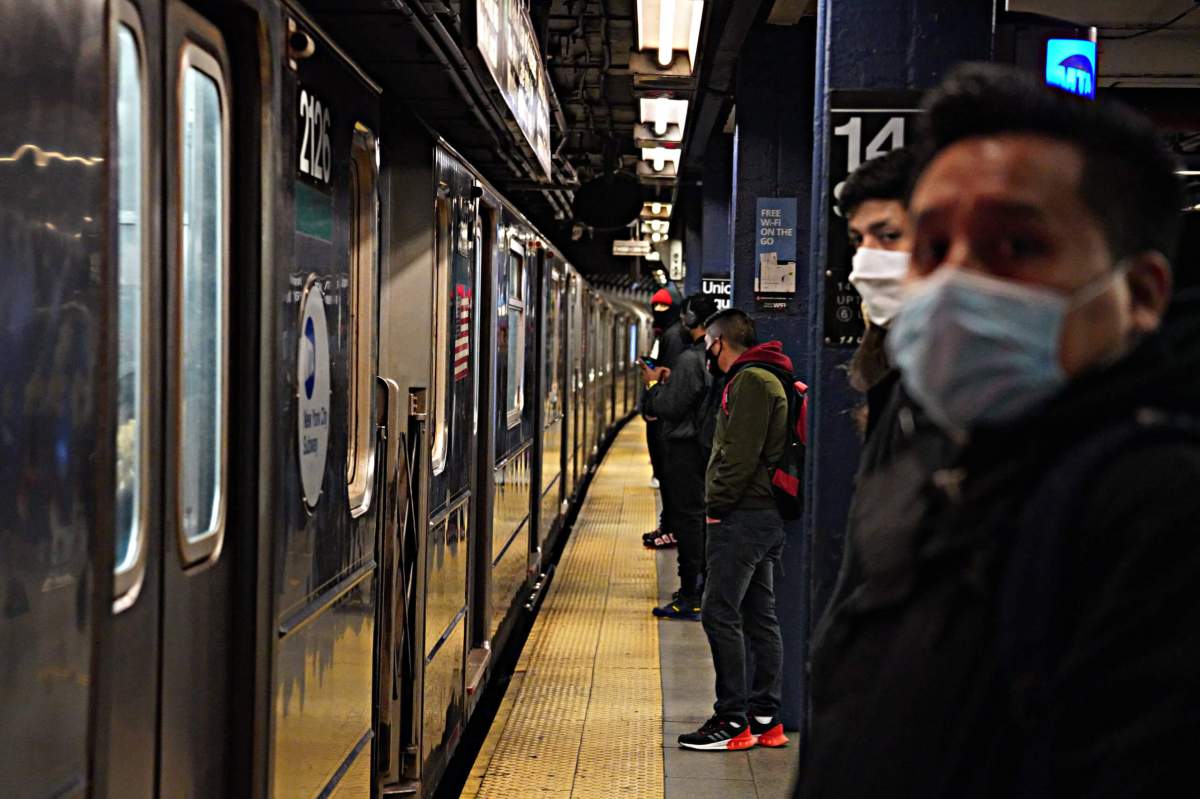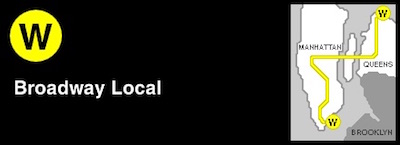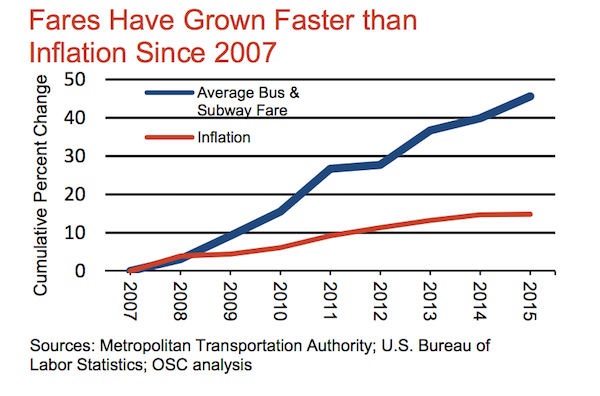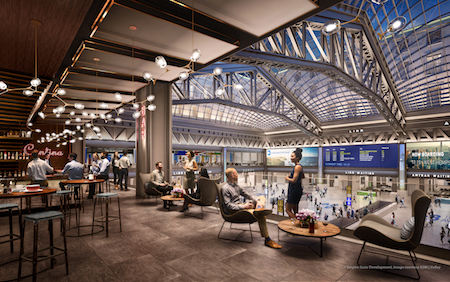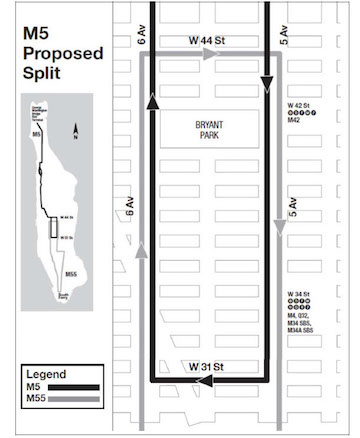The Metropolitan Transportation Authority’s farebox revenues are far lower than expected as ridership has stagnated in recent months, painting a worrying picture of the transit agency’s finances, according to a new audit.
A report by State Comptroller Thomas DiNapoli found fares covered less than 32% of the costs to run New York City’s subways and buses this year through May, 8% below the budgeted 40% that transit leaders expected and far less than the 53% revenue portion pre-pandemic.
The MTA faces a multi-billion-dollar hole once federal COVID relief funding runs out in 2025 and the lower funding will put pressure on the agency to cut service or increase fares hikes.
“Unless there is an additional influx of city, state or federal aid, the MTA is facing stark options for closing its budget gaps that will impact riders,” DiNapoli said in a statement.
Weekday ridership on the subways in June averaged 59% of pre-pandemic levels and 69% on weekends, while bus ridership stats were higher on weekdays than weekends, according to the report.
Subway ridership rates have remained in the upper 50s since March on Mondays through Fridays, according to MTA counts.
Consultants with the McKinsey previously projected that ridership would return to 85.5% on the subways by the end of 2022, but due to the virus’s resurgence via new variants and New Yorkers continuing to work from home in large numbers, the MTA in April tapped the firm to come up with a new forecast.
Transit officials are set to give an updated financial picture and present the MTA’s proposed budget for 2023 during next week’s monthly board and committee meetings.
The Transportation Authority faces a $2 billion deficit after the COVID relief money from Washington runs out in less than three years.
While cutting service is often a way to save costs, the MTA should look to add more trains where they’re needed most, especially outside of Manhattan, DiNapoli said.
“The MTA needs to lay out what is at stake and explain to the public what options it’s considering to close budget gaps and how it can adjust to continued low ridership levels and shift service to meet changes in demand,” he said.
Subway ridership has rebounded faster in some blue-collar neighborhoods of the city to as high as 90%, largely in the outer boroughs, while remaining lower in downtown Manhattan, a May analysis by the MTA found.
The comptroller’s report also called on the agency to figure out which projects of its $55 billion five-year capital plan to prioritize to allow for more “budgetary flexibility.”
MTA Chairperson and CEO Janno Lieber has been beating the drum since late last year for Albany lawmakers to fund the agency like other essential services, such as the Fire Department or Sanitation, and make it less reliant on fares.
“The comptroller’s report is consistent with what the MTA has said since the pandemic started: mass transit is an essential service for New Yorkers, and the MTA has begun working with decision makers to develop a plan that assures continued strong mass transit in the post-COVID era,” said agency spokesperson John McCarthy in a statement. “The MTA will have more to say about its finances when the preliminary 2023 budget and four-year financial plan are presented to the MTA Board at its July meetings.”



